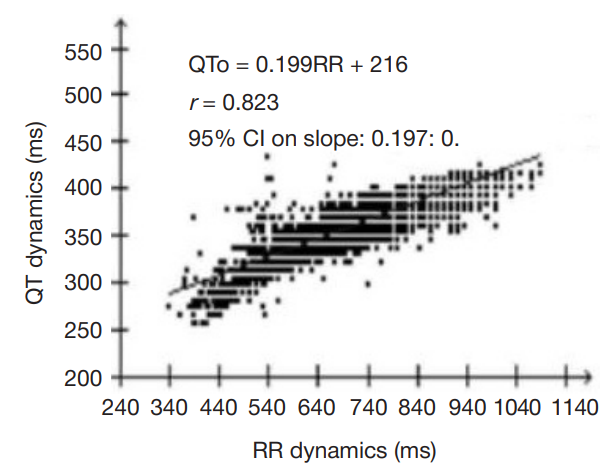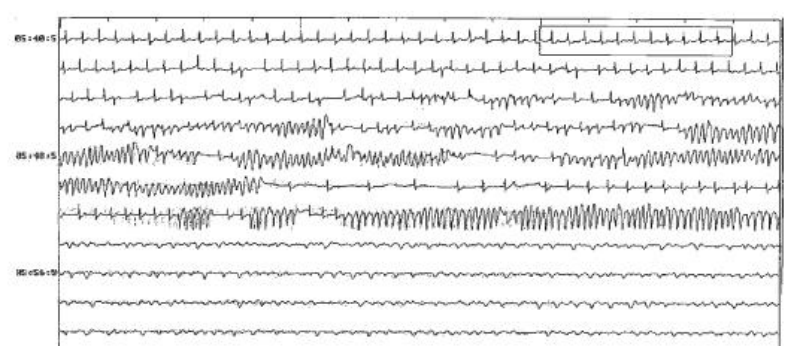
ISSN Print 2713-2757
ISSN Online 2713-2765
SCIENTIFIC AND PRACTICAL REVIEWED JOURNAL OF FMBA OF RUSSIA

Federal Scientific and Clinical Center for Children and Adolescents of the Federal Medical and Biological Agency, Center for Syncope and Cardiac Arrhythmias, Moscow, Russia
Correspondence should be addressed: Leonid M. Makarov
Moskvorechye, 20, Moscow, 115409, Russia; ur.liam@vorakamdinoel.rd

